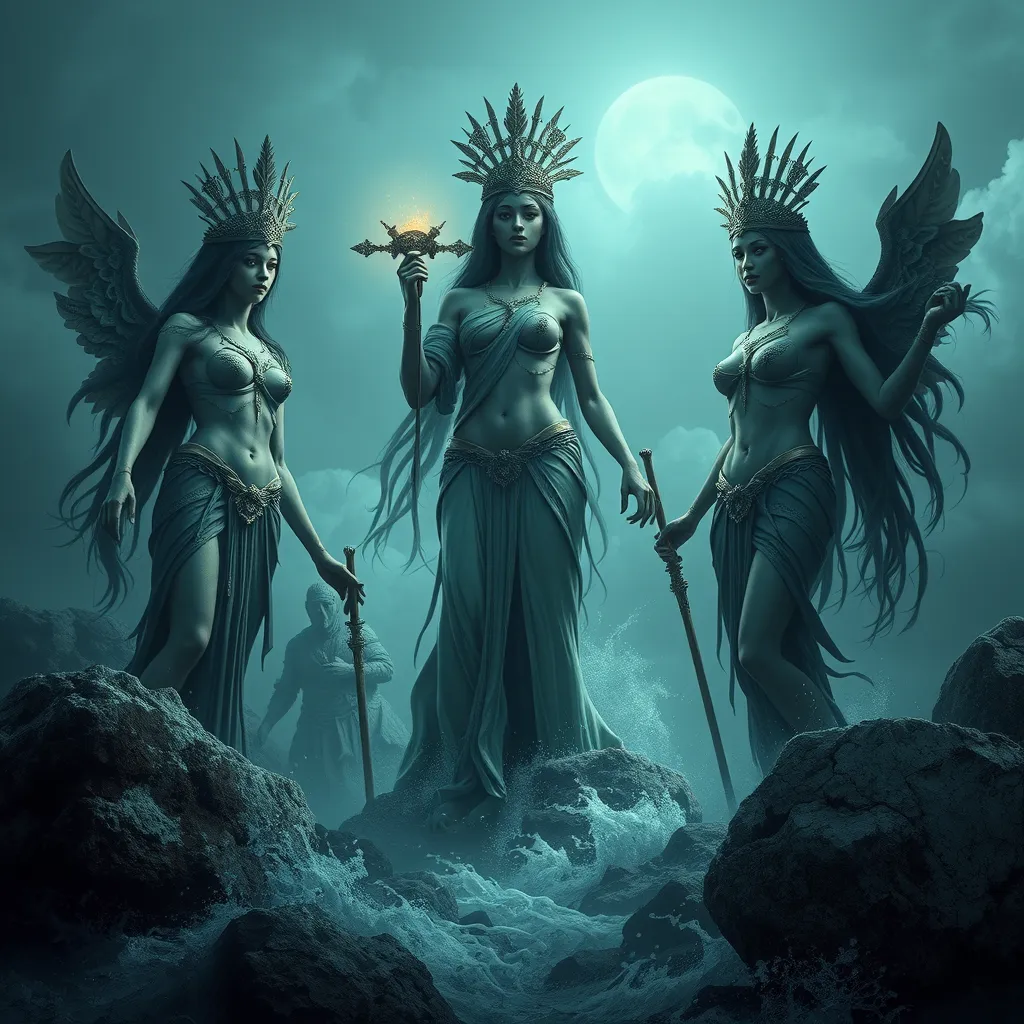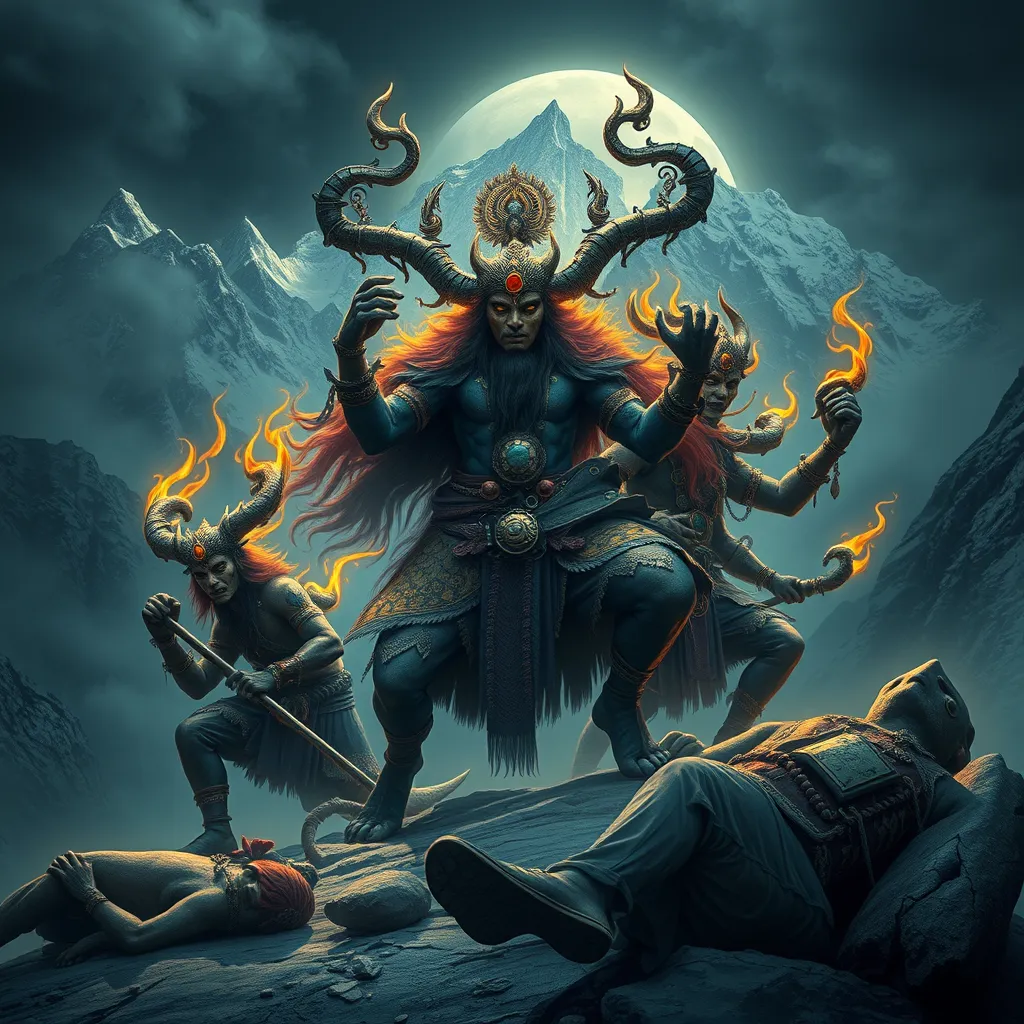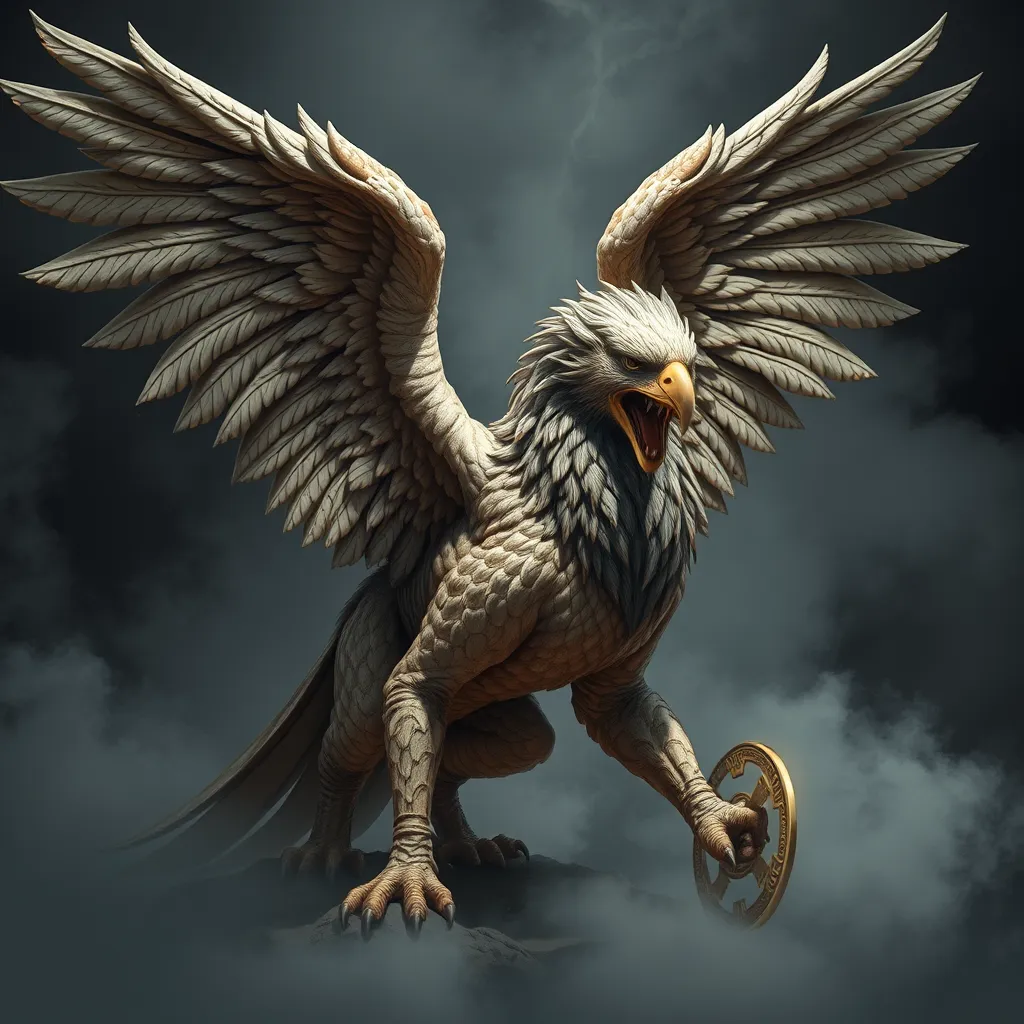The Sirens of the Americas: Exploring the Indigenous Lore of Sirens in North and South America
I. Introduction
In folklore, sirens are often depicted as enchanting beings that lure individuals to their doom through their captivating songs. Traditionally associated with the sea, these figures symbolize both beauty and danger. In various cultures, sirens have served different roles, from warnings of peril to embodiments of nature’s allure.
This article aims to delve into the rich tapestry of Indigenous lore regarding sirens in both North and South America. By examining the stories and beliefs of different tribes, we will uncover the unique significance these figures hold within their cultural contexts.
II. The Origins of Siren Lore in Indigenous Cultures
The concept of sirens in Indigenous myths has roots entrenched in the historical and cultural fabric of the Americas. Unlike the European sirens, whose tales often revolve around seduction and mortality, Indigenous sirens embody a more profound connection with nature and the spiritual world.
Storytelling plays a crucial role in preserving these cultural narratives. Oral traditions have allowed Indigenous peoples to pass down their legends, weaving their identities and histories into the very fabric of their communities. This preservation of lore is vital in maintaining the cultural heritage of these groups.
III. Sirens in North American Indigenous Myths
Several tribes throughout North America feature siren-like figures in their myths, notably the Algonquin and Cherokee peoples.
A. Overview of tribes with siren legends
- Algonquin: Known for their rich storytelling tradition, they have tales of water spirits that resemble sirens.
- Cherokee: Their mythology includes beings that inhabit rivers and lakes, often possessing enchanting qualities.
B. Detailed exploration of specific siren stories
One notable Algonquin tale speaks of a water spirit named the Manitou, who lures fishermen with beautiful songs, only to lead them into treacherous waters. Similarly, Cherokee stories tell of a river goddess known as Selu, who brings both blessings and challenges to those who seek her guidance.
C. Themes and symbols associated with sirens in North America
Common themes in these stories include:
- Transformation: Sirens often represent the fluidity between human and nature.
- Balance: Their presence signifies the need for harmony with the natural world.
- Warning: Many siren stories serve as cautionary tales about nature’s power.
IV. Sirens in South American Indigenous Myths
In South America, various tribes also feature siren-like figures, particularly among the Amazonians and Andean cultures.
A. Examination of South American tribes with siren-like figures
- Amazonians: Tribes such as the Yanomami have legends of beautiful water spirits that entice men.
- Andean cultures: The Incas and their descendants have stories of lake deities that embody the essence of fertility and water.
B. Key stories and their meanings
One popular Amazonian tale describes the Iara, a water goddess who is said to seduce young men with her beauty and song, ultimately dragging them into the depths of the water. This story serves as a metaphor for the unpredictable nature of rivers and lakes, symbolizing the dual aspects of allure and danger.
C. Cultural significance of sirens in South American lore
In South American myths, sirens often symbolize the connection between water and life. Rivers and lakes are seen as sacred, and the beings that inhabit them are respected as guardians of these vital resources.
V. Comparative Analysis: North vs. South American Sirens
A. Common themes and motifs across the continents
Despite geographical differences, both North and South American Indigenous myths share recurring themes:
- The duality of beauty and danger.
- The importance of water as a life source.
- The role of sirens as mediators between the human and the supernatural.
B. Differences in representation and symbolism
While North American sirens often serve as warning figures, South American counterparts are more frequently depicted as nurturing yet dangerous entities. This divergence highlights the varying cultural perspectives on nature and its forces.
C. The impact of geography and environment on siren myths
The diverse landscapes of the Americas have influenced the characteristics of sirens in the myths. For instance, coastal tribes may have different depictions compared to those living near rivers or lakes, leading to unique adaptations of the siren archetype.
VI. The Role of Sirens in Indigenous Cosmology
A. Sirens as symbols of nature and the supernatural
In many Indigenous cultures, sirens represent the intertwining of natural elements and spiritual forces. They are seen as embodiments of the water’s essence, reflecting both its beauty and its potential for destruction.
B. The connection between sirens and water as a life source
Water is a sacred element in Indigenous cosmology, often viewed as a source of life and purification. Sirens, as guardians of this resource, hold a significant position in the spiritual landscape, reminding people of the respect owed to nature.
C. Sirens in rituals and spiritual practices
Many tribes incorporate the concept of sirens into their rituals, seeking blessings and protection from these water spirits. Ceremonies may involve offerings or songs meant to honor the sirens and request their favor.
VII. Modern Interpretations and Cultural Appropriation
A. Representation of Indigenous sirens in contemporary media
In modern storytelling, Indigenous sirens have appeared in various forms of media, often stripped of their cultural significance. This can lead to misrepresentations that fail to honor the original narratives.
B. The impact of cultural appropriation on Indigenous stories
Cultural appropriation can dilute the meaning of these myths, leading to a loss of context and significance. It is crucial to recognize the importance of these stories and their origins.
C. Efforts to preserve and honor Indigenous lore
Many Indigenous communities are actively working to reclaim their narratives, ensuring that their siren stories are told authentically and respected in contemporary discourse. This includes educational initiatives, storytelling festivals, and collaborations with artists.
VIII. Conclusion
The exploration of sirens in Indigenous cultures reveals their significance as symbols of nature, spirituality, and caution. Understanding these narratives deepens our appreciation for the diverse ways Indigenous peoples view their world and the relationships they maintain with the environment.
As we engage with these stories, it becomes essential to respect and honor their origins, acknowledging the rich heritage they represent. Further research and appreciation of Indigenous lore not only enrich our understanding but also support the ongoing efforts to preserve these vital cultural narratives.



